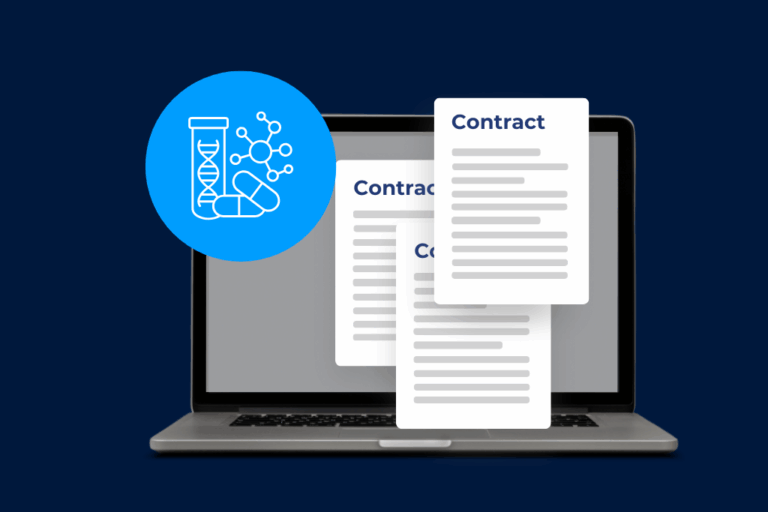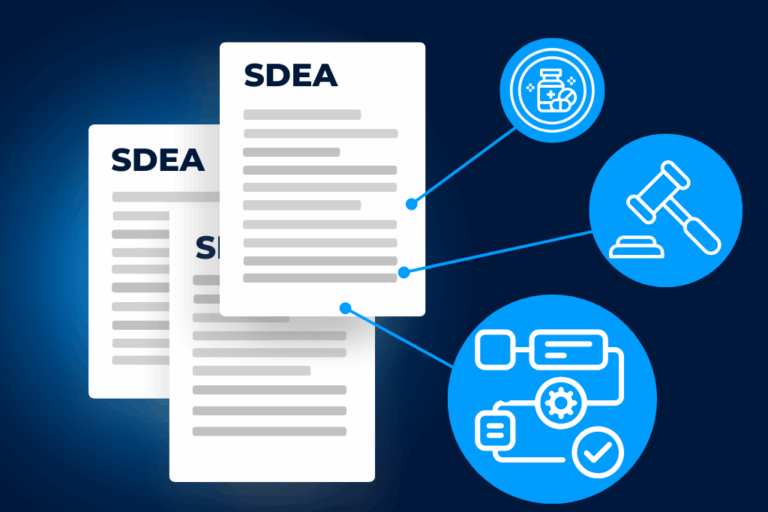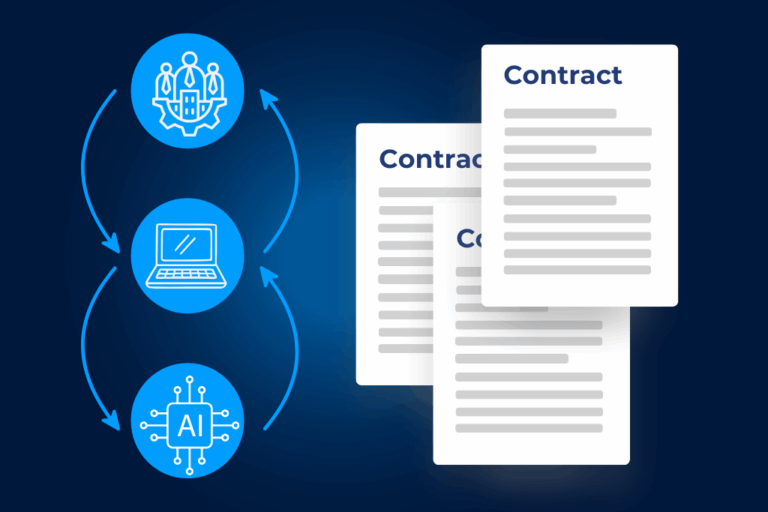Legal departments in today’s global organizations are under more pressure than ever. With fast-changing regulations, increasing complexity in international operations, just to name a few, legal professionals are expected to manage risks efficiently and often with limited resources.
So, how can legal teams strengthen their strategies for legal risk minimization? We did the research at DiliTrust and found that implementing a robust Contract Lifecycle Management (CLM) system can be a game-changer. CLM technology doesn’t just streamline processes, it also actively minimizes legal risks at multiple touchpoints across the contract lifecycle.
How Does a CLM Help with Legal Risk Minimization?
A Contract Lifecycle Management platform supports legal risk minimization in concrete, measurable ways. From reducing human error to ensuring full regulatory compliance, a CLM brings structure and oversight where it’s most needed.
Fewer Contractual Errors, Less Risk
One of the main contributors to legal exposure is human error in contract drafting and approval. A CLM addresses this issue directly.
- CLM platforms can reduce contract errors by up to 90% by leveraging standardized templates, automated compliance checks, and controlled workflows.
- With built-in validation tools, clauses that might otherwise be forgotten or misphrased are flagged automatically.
Example: Consider a multinational enterprise negotiating supplier contracts. A simple omission of an indemnity clause could expose the company to significant liability. A CLM ensures such clauses are always included and updated according to the latest legal standards—offering crucial support for legal risk minimization.
Lower Legal Costs and Fewer Financial Surprises
Legal expenses can spiral out of control when risks aren’t mitigated early. Fortunately, a CLM plays a significant role in cost containment.
- On average, legal teams using a CLM have achieved a 36% reduction in legal costs, representing yearly savings between €150,000 and €240,000.
- By preventing missed deadlines, noncompliance penalties, or renegotiation needs, CLM platforms help organizations avoid costly mistakes.
Enhanced Regulatory Compliance
Regulatory frameworks are constantly evolving—especially across borders. Without a system in place, staying compliant becomes a full-time job.
- Companies using a CLM report up to 100% compliance with key regulations by integrating real-time updates and automated checks.
- A good CLM flags clauses that might violate new rules or need adjustments, ensuring that contracts reflect the current legal landscape.
Example: The Digital Operational Resilience Act (DORA) in Europe mandates that financial organizations build resilience into their digital operations. A CLM can automatically flag clauses in IT service contracts that don’t meet DORA requirements, prompting legal teams to update agreements before audits occur.
This proactive approach not only improves compliance—it substantially boosts legal risk minimization by eliminating gaps that could lead to disputes or investigations.
CLM as Part of a Legal Tech Strategy
As we’ve seen, CLM platforms deliver real, quantifiable benefits when it comes to legal risk minimization. From fewer errors and lower costs to better compliance, the evidence is clear: a CLM is a critical asset for modern legal teams.
However, it’s important to remember that CLM is only one part of a broader legal tech toolkit. For instance, a Board Management tool or an Matter Management solution can also play important roles to minimize all sorts of legal risks.


